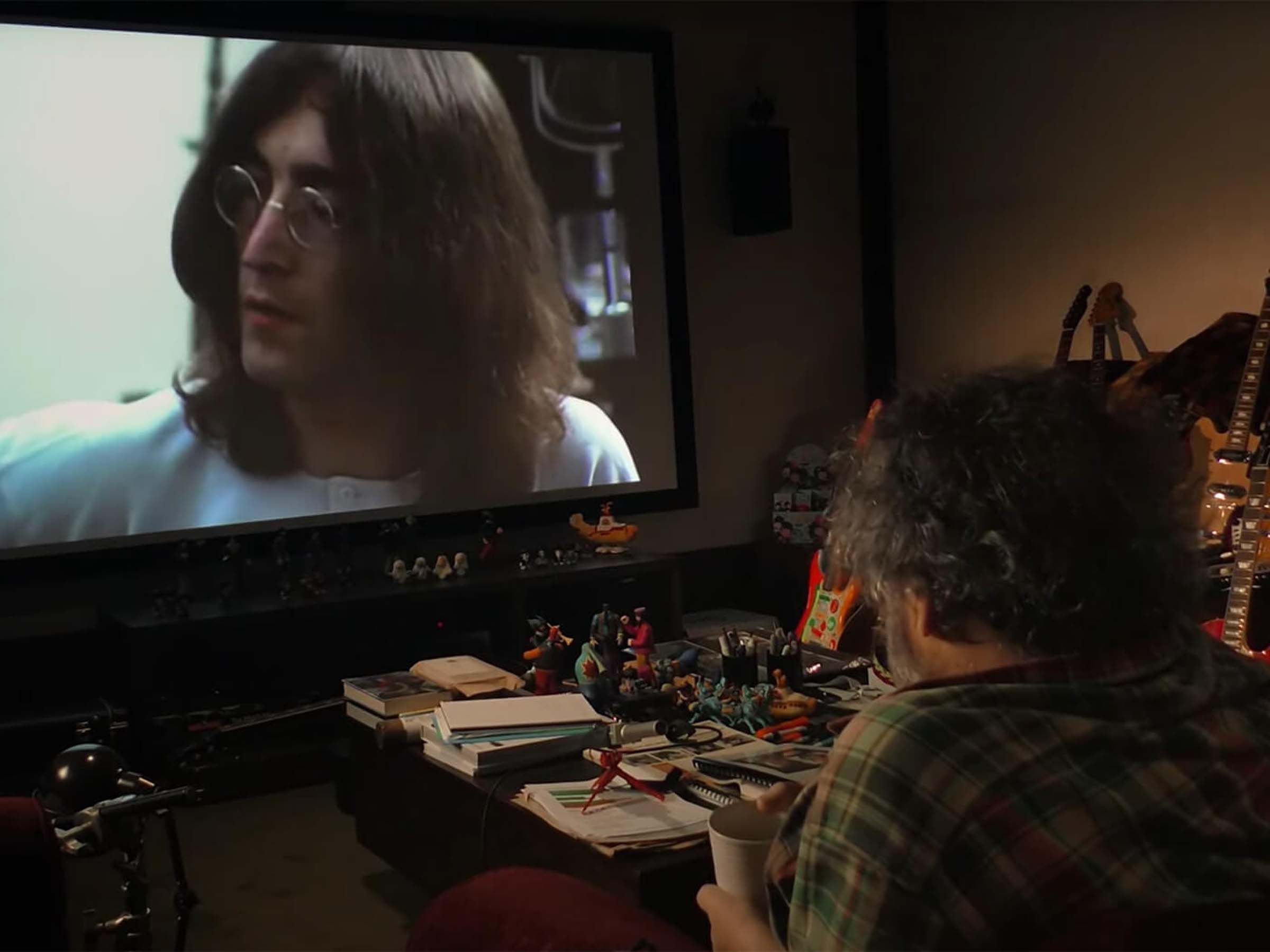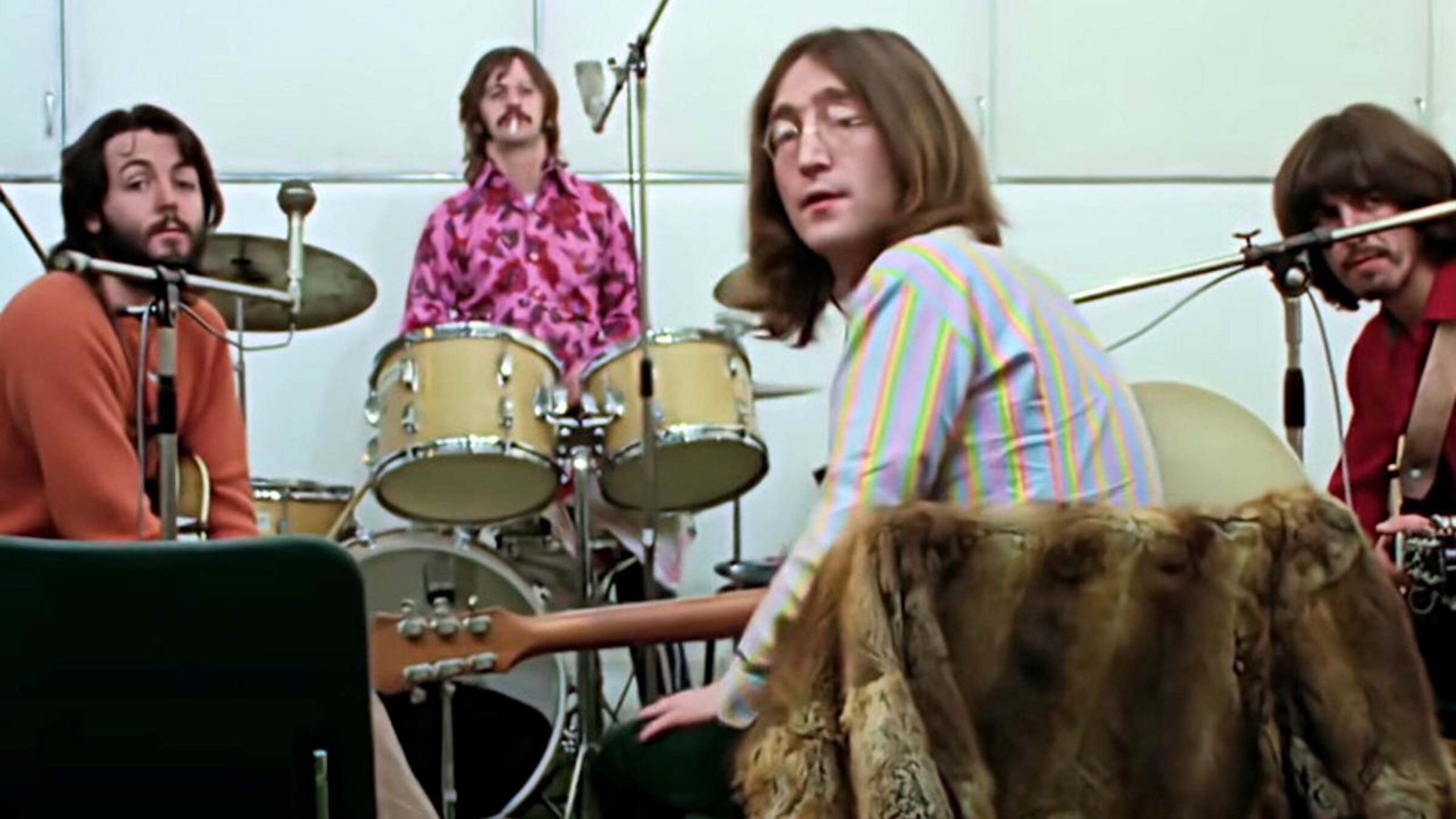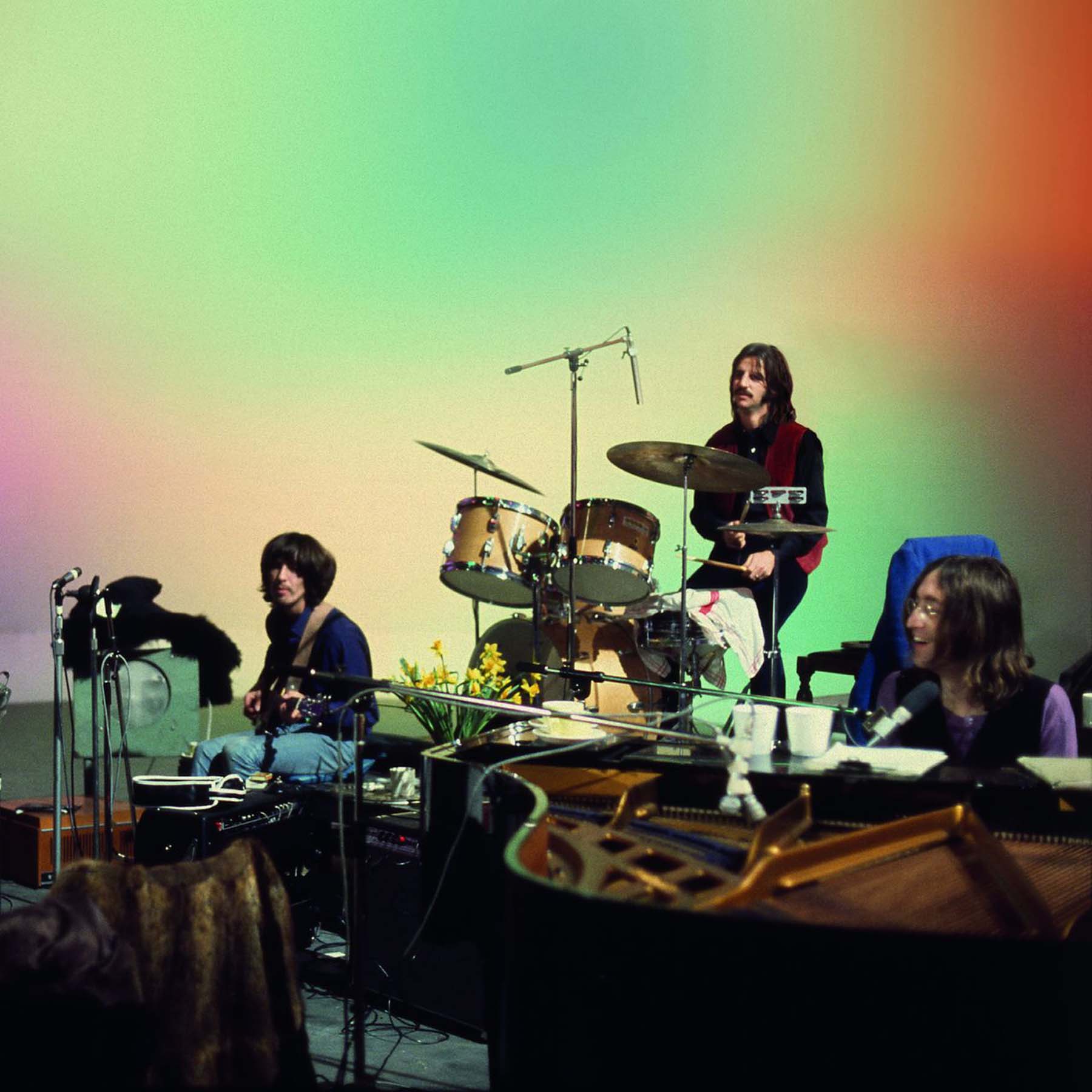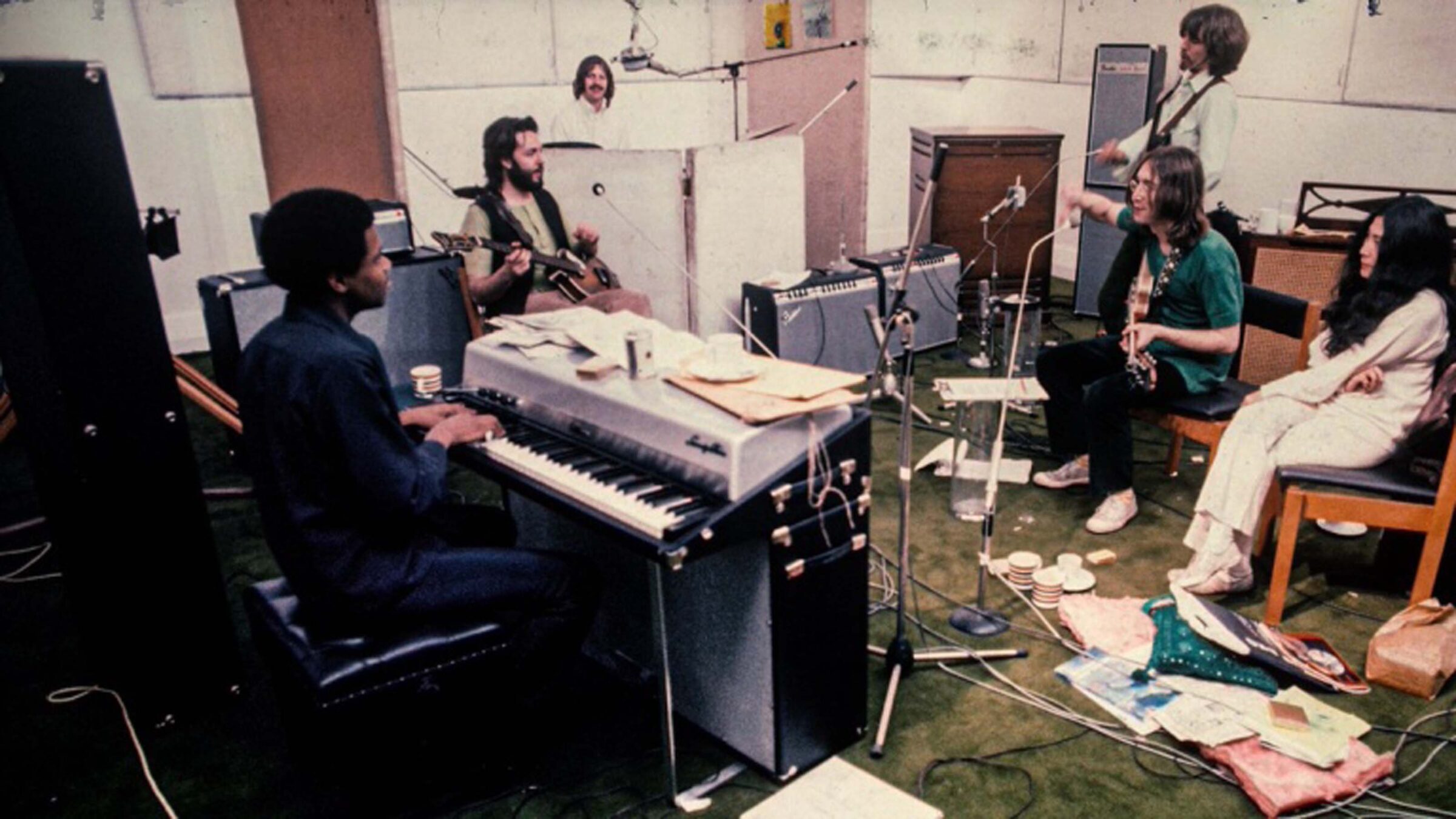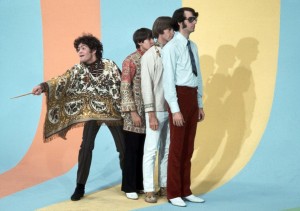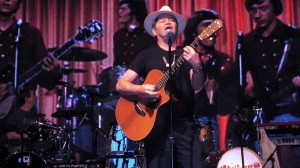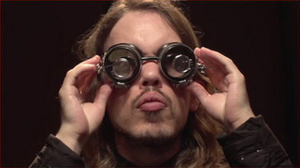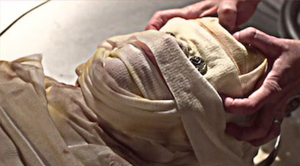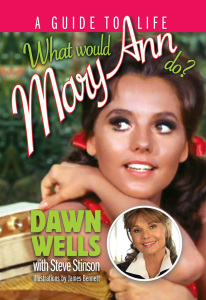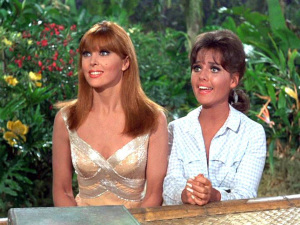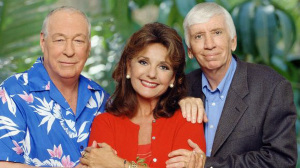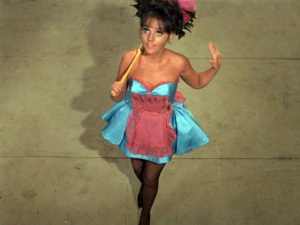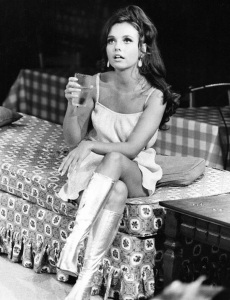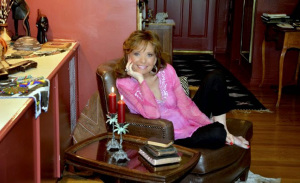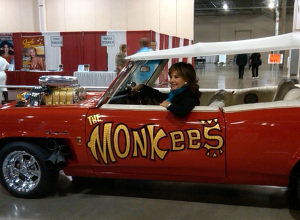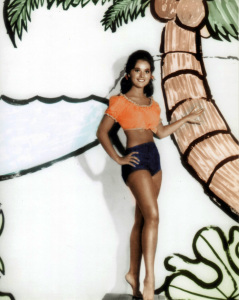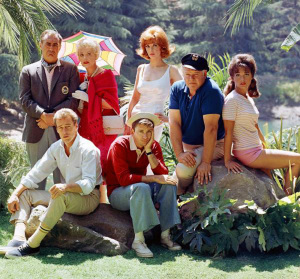(PALOMAR MEDIAWAN/BRON STUDIOS/AMC+/RLJ ENTERTAINMENT (419 minutes; Unrated); 2022)

So, when the first episode of the AMC+ series THAT DIRTY BLACK BAG debuted, I watched it two or three times. Each time, I found myself more confused about what was going on. I mean, I understood the basic concept: Ruthless bounty hunter, unscrupulous and corrupt sheriff, random horse-thievery, even more random drug use… a lot of death and mayhem, all in a wild homage to Sergio Leone’s spaghetti westerns of the late ‘60s and early ‘70s. I think that one of my problems with the episode, brilliantly titled “A Head Weighs Less Than a Body”, is that two of the main characters – bounty hunter Red Bill (Douglas Booth) and the severely put-upon farmer, Steve (Christian Cooke) – look enough alike to these tired old eyes that I had a hard time following their separate stories. Now, with the entire first season available on DVD and Blu-Ray, I’ve been given the chance to revisit that first episode and, well… it still confused the heck out of me! But, one must soldier on and, I must say, the series as a whole did not disappoint.

Right out of the gate, it was obvious that this was different kind of Western; Red Bill had hunted his bounty to a remote mission, where the hunted man had killed every person in the church, stealing not only the offering money, but the money and valuables of his victims. Bill meets him as he is leaving, his grisly work done. Bill throws a bag (yeah… that one, though it’s a lot cleaner at this point) at his prey’s feet and, when the outlaw draws on him, disables his gun hand. With the bounty lying at his feet dying, Bill pulls out an ax and decapitates the man and places the head – you guessed it – in the bag. From there, things get a bit more… confusing. With proof of the death of the outlaw, Bill goes in search of the sheriff of the bone-dry former boomtown of Greenvale, a place that hasn’t seen rain in five years. Water is scarce and, of course, there are a couple of ingenious entrepreneurs who charge premium prices for the little they have. The sheriff, McCoy (played with understated relish by Dominic Cooper), enjoys pouring water onto the floor (or the dirt street or wherever he happens to be) to make a point: “I am the law here and you are here only because I say you can be here.” He, naturally, refuses to pay the bounty on Bill’s capture so Bill, naturally, walks out of the saloon where he found McCoy and takes the sheriff’s horse. That’s certainly a lot to unpack and it’s all in the first 20 minutes of that first episode! Over the course of the first three episodes, we see lies, deceit, murder (in a particularly disturbing scene, McCoy shoots a slow-witted teen – who only wanted to please the lawman – in the back), kidnapping, backstabbing (both metaphorical and literal), an odd sidestep featuring a vengeful serial killer, a secret sect and, hey, just for kicks, let’s toss in some random cannibalism in episode 4.

A viewer’s review on IMDb says that things pick up and start to fall into place after Episode 4, which is called “Genesis” and, as the name would imply, is a prequel of sorts for everything that’s happening in the other episodes: How McCoy came to be the villain of the piece and what set Bill on the path to becoming Red Bill. Anything past the halfway point, I’m not gonna touch because I don’t want to give too much away. However, here’s my takeaway from the first three episodes: Just about everyone has a deep dark secret.

First, Steve, the pious and extremely unlucky farmer (who had his plow horses stolen at the beginning of Episode 1) has a couple of secrets that he’s keeping from almost everyone: First, he’s discovered gold on his land. Secondly, the only person he’s told is his mistress, Eve (played by Niv Sultan), who runs the local bordello and is one of two people who have access to whatever water that’s available… even his wife doesn’t know. Eve has a secret of her own and the only person that knows is, of course, our pious farmer friend. What’s the dreaded secret that she holds? Eve is bald which, apparently, is a big turn-on for Steve, not so much for the Sheriff. Speaking of, McCoy has some secrets, too. First, as we see in “Genesis,” he has had a fairly circumlocutious journey toward his position as Greenvale’s chief law enforcement officer. Second, he and his right hand man, Kurt (Ivan Shaw as the matter-of-fact, no-nonsense voice-of-reason to his boss’ hotheaded, brutally extravagant flights of fancy), had a wagon-load of money belonging to the Federal government drop into their hands quite by accident: The wagon’s guard thought that they were there to steal the money and was about to open fire on the pair before McCoy blasted him out of existence. Kurt, likewise, must have something that he knows about McCoy and is holding it over his head because every time the sheriff gets mad at him and threatens to kill him, he just laughs and walks away. Finally, Nathan (Benjamin Stender), another of McCoy’s minions has a couple of secrets, as well. Since his wife’s death, he has frequented Eve’s establishment, the Red Lantern, looking for love; he has found that love in Symone and has asked her to be his wife. The mistress is less than pleased at the prospect of losing one of her best workers and refuses to allow Symone to marry. The problem here is that Nathan promised his very young daughter that he was bringing her a new mommy. As Nathan confronts Symone about her decision not to become his wife, he lets slip that he has promised his Mary a new mother. Symone is mildly amused, telling her insistent beau that she was not mother material for which she receives a brutal beating (as all beatings tend to be here). When Eve sees his handiwork, she takes matters into her own hands, making sweet little Mary an orphan. And, of course, the whole time, Red Bill’s dirty black bag gets dirtier, blacker and now, with another head added to the collection, heavier.

So, without spilling any beans about the second half of the season (or how that second head ended up in Bill’s bag), just know that there is much more deceit, backstabbing, blood, guts and general mayhem to be had. As the previously mentioned IMDb reviewer said, things do become clearer after “Genesis,” with everything kind of tied up in a nice, big bow named Bronson (Guido Caprino). It’s gonna be fun seeing where the story goes after this season, as the series is currently mapped out to go three seasons of eight episodes each.



